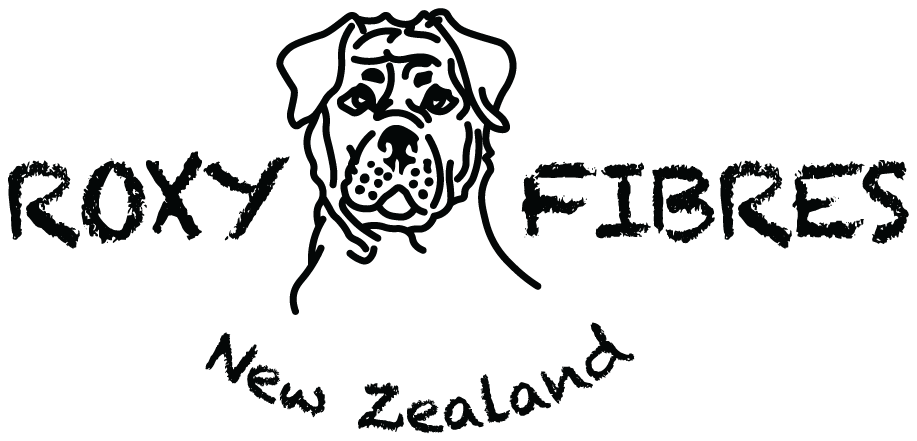I recommend the gauge of each yarn based on that provided to me by my suppliers. Try and use a pattern using similar tension requirements. Definitely do a tension swatch when combining yarns, knitting them together to create a heavier weight.
If gauge on the label is listed as 28 sts X 36 rows / 10 cms using 3 mm needles, this means that ideally, using 3mm needles on a sample of knitting stitched at least 15 cms wide, you should have 28 sts when counted over 10 cms. The number of rows is not normally as important because row numbers can be adjusted as you knit your project.
If you get less stitches than recommended, try again using a smaller needle, ie 2.5mm
If you get too many stitches, try a size larger needle, 3.5mm.
Each pattern will advise on gauge required and whether to measure over stocking stitch or as per written pattern (if there is one).
If you are advised to do a tension swatch on circular needles, you can knit 1 row, cut the thread, push your stitches to the other end of the circular needle and knit the next row, cut thread again etc. Many people have a different tension when purling back along the wrong side.
MW or SW – Machine Wash or Super Wash treated yarn.
These terms are both used by mills to mean the same thing. Yarn is processed by the mill to reduce the scales/hairs on the exterior of the wool fibre thus reducing greatly its tendency to felt when agitated, rubbed or during sudden temperature changes.
OOAK – One of a Kind
This is the name given to a dye lot with a difficult to replicate colour way. It may be the result of an error during dyeing, a surprise result of dyes splitting or interacting in an unforeseen way or overdyeing of a previous error or disappointing dye batch.
Woollen spun or worsted spun
Woollen spun yarn is spun using carded wool, with fibres in many directions, to trap air, creating a warmer loftier yarn. This yarn will create a softer, more textured garment with blurred stiches and often a halo or yarn irregularity.
Worsted spun uses combed fibres, parallel to the twist to reduce air, packing the fibres closer together making for a more dense and smoother, hardwearing yarn, with less pilling and crisper stich definition. These yarns often have the most intense colours.
Both types definitely have a place depending on the type of garment you want to achieve.
Definitely make a tension swatch or gauge before beginning your pattern as numbers of stitches will differ between woollen and worsted spun yarns of the same weight and between knitters using the same tools.
